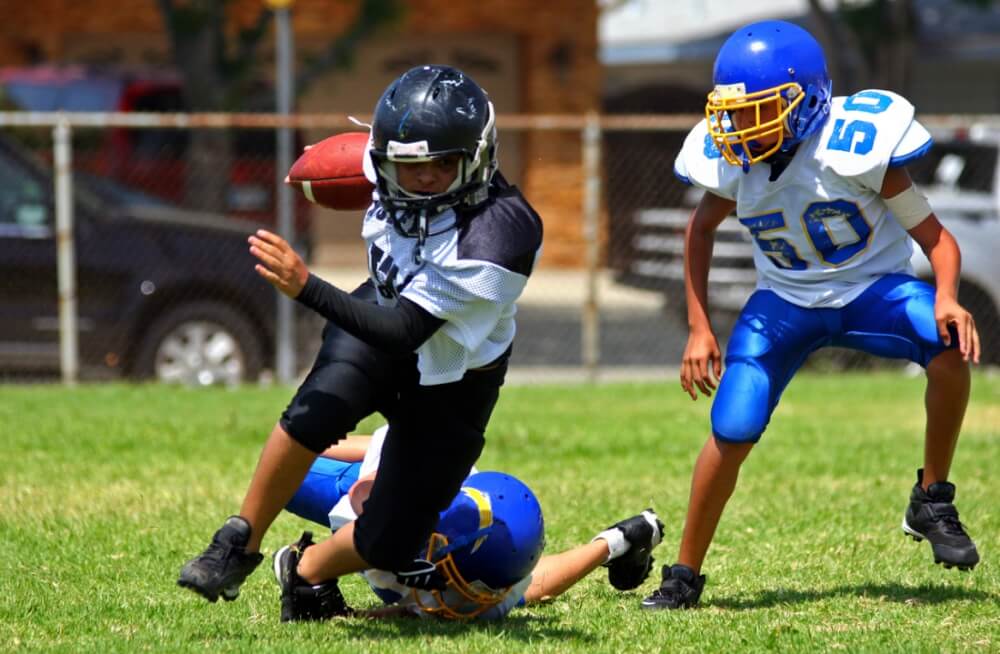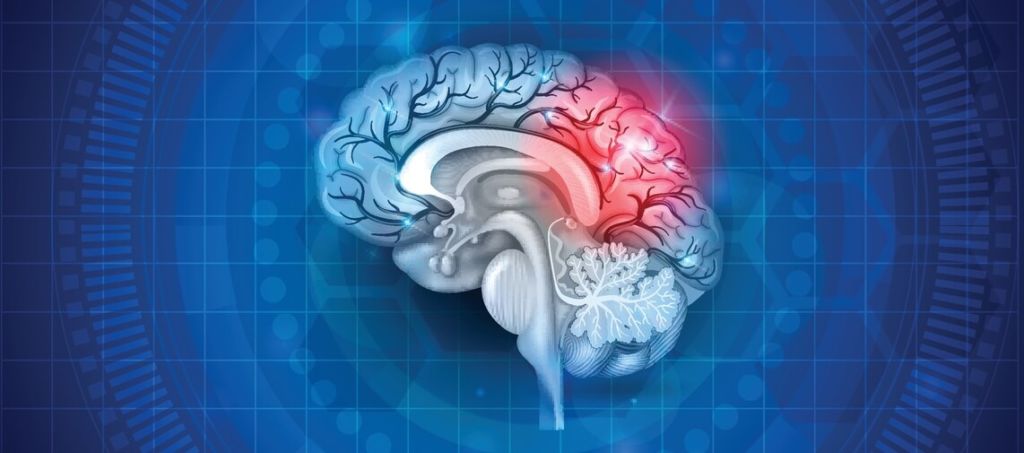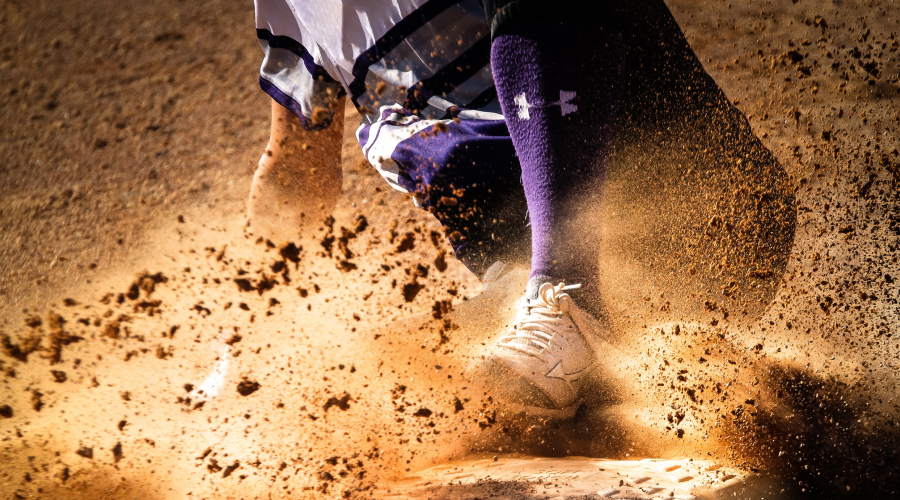
With millions of middle school, high school and college students across the country participating in sports, parents, coaches, teachers and physicians should be aware of how to provide them with a safe experience. Concussions have received a lot of media attention recently, and for good reason. A concussion can have a significant short and long-term impact on everything from academics to sports, social interactions and every day activities.
It’s estimated that there are up to 300,000 sport-related concussions in the United States each year. According to a 2007 study, concussions were responsible for nearly 9% of all high school athletic injuries. This is truly a remarkable number. Early identification and proper management and treatment of a concussion will play a crucial role in providing the best possible outcome. The goal of this article is to help educate coaches, parents, referees, teammates and anyone involved with youth sports on the common signs and symptoms of a concussion and what to do if you suspect a someone has suffered from a traumatic head injury.
What is a Concussion?
A concussion is defined as a trauma-induced functional neurologic deficit. In other words, any forceful blow to the head or body that results in rapid movement of the head can lead to changes in the way the brain functions. This means that a concussion does not require a direct blow to the head, but any force which jolts the brain hard enough to affect brain function. It’s important to realize that loss of consciousness is not required for a head injury to be diagnosed as a concussion; in fact, most people who suffer from concussions don’t lose consciousness.
Learn the best ways student athletes can prevent sports injuries.
Signs and Symptoms of a Concussion
In identifying an athlete with a concussion, we look for the most common signs and symptoms. Symptoms are conditions that the athlete will report themselves, things that are affecting them and what they are experiencing. A sign is something that a coach, parent, referee or teammate may notice when evaluating an athlete on or off the field.
Commons symptoms that may be reported by the athlete include:

- Headache or “pressure” in the head
- Nausea or vomiting
- Balance problems or dizziness
- Double or blurry vision
- Sensitivity to light or noise
- Feeling sluggish, hazy, foggy or groggy
- Concentration or memory problems
- Confusion
- Not “feeling right”
Common signs observed by parents, coaches, trainers or teammates include:
- Appearing dazed or stunned
- Confusion about assignment or position
- Forgetting plays
- Uncertainty of the game, score or opponent
- Moving clumsily
- Answering questions slowly
- Losing consciousness
- Showing behavioral or personality changes
- Inability to recall events before or after a hit or fall
What to Do if You Suspect a Concussion
If you suspect that an athlete has a concussion, he or she should be immediately removed from play. An athletic trainer or experienced healthcare professional should be on hand to perform a formal evaluation of the injury.
For years, athletes described getting their “bell rung” or seeing stars for a few minutes before returning to the field. In most cases, these individuals had probably suffered a concussion but because there was not enough information available to coaches and parents, these concussion symptoms were often ignored. Coaches, parents and teammates should not allow participants with these symptoms to simply “shake it off.”
Diagnosing and Treating a Concussion
Once a concussion is diagnosed by an experienced athletic trainer or other qualified healthcare professional, they will determine how to best treat the concussion for the individual. The brain also requires complete rest to recover from a head injury. This requires not only physical rest, but also cognitive rest from everyday activities like video games, text messaging and reading. In many cases, modifications of schoolwork or assignments may be necessary.
An experienced physician should see the injured athlete within one to three days of the head injury and make formal recommendations for cognitive and physical rest and any academic accommodations. If possible, the individual should be monitored daily by an athletic trainer and seen by a physician on a weekly basis until all symptoms have subsided. At that time, a post-injury neurocognitive (ImPACT) test should be performed to make sure that brain function is returning to normal.
Recovering from a Concussion
Once symptoms have resolved for at least 24 hours, a formal return to play protocol can begin. This protocol will include a six-step process which will allow the athlete to progress from light activity (walking or swimming) to full contact practice. If symptoms do not return and the protocol has been completed, the athlete will be eligible to return to play without restriction.
There is no firm time-table for the concussion recovery process, as it will differ for everyone. If symptoms do not resolve, it could take several weeks or even longer. If symptoms resolve quickly and do not return, full sports clearance may only require a week or two.

Baseline Concussion Testing
At Access Sports Medicine & Orthopaedics, we offer free baseline ImPACT testing to athletes. A baseline test is an important first step in concussion management. In the event of a head injury, we can compare a post-injury test to a baseline to help ensure that the brain has returned to normal function. Our team of experienced physicians, physician assistants, nurse practitioners and athletic trainers are trained to evaluate athletes for concussions and use a formalized protocol to ensure a safe return to play.
Unfortunately, we cannot take all risk of concussions out of youth sports, but with education and awareness, we can try to prevent the potential long-term effects of premature return to play and repeat traumatic brain injuries.



